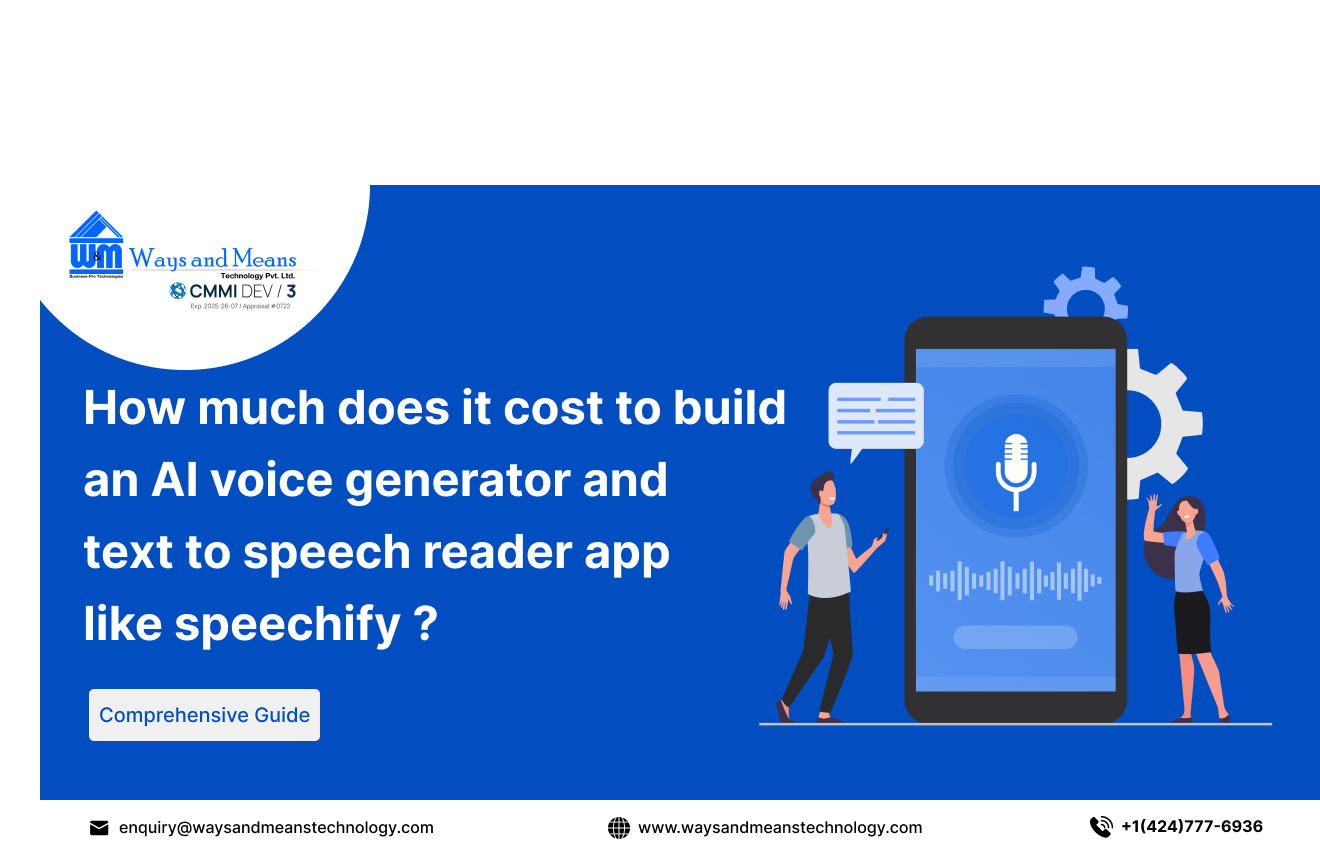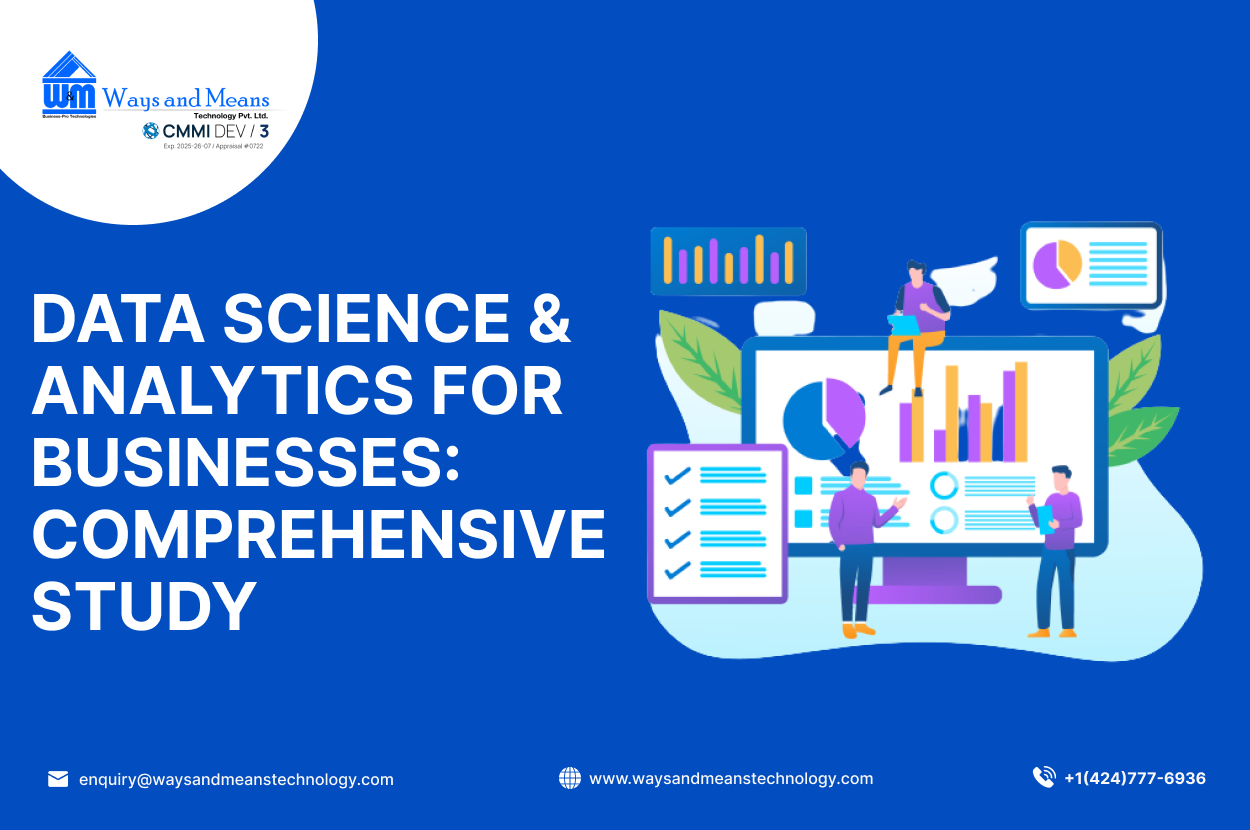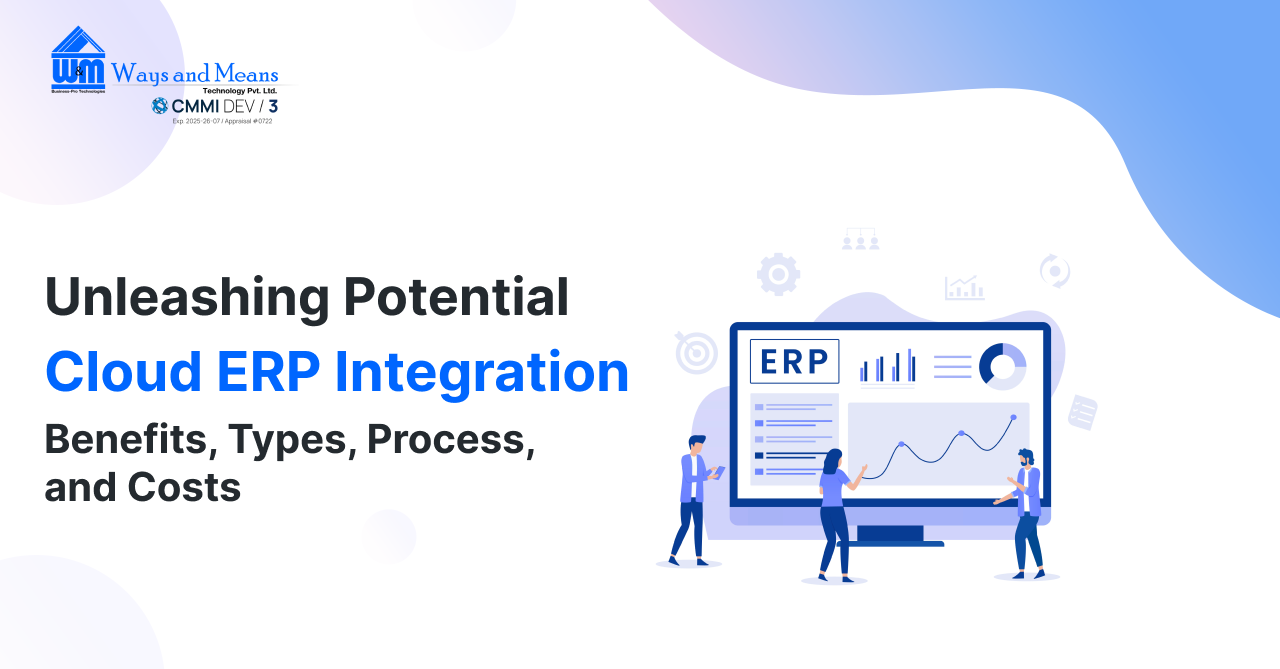Technical requirements describe the specific technical aspects of a software system, such as the hardware, software, and communications infrastructure needed to support the system. Here are some tips for writing technical requirements:
- Be specific: Clearly and specifically describe the technical requirements, using technical terms and specifications where appropriate.
- Consider compatibility: Consider the compatibility of the system with existing hardware, software, and networks.
- Define system interfaces: Define the interfaces between the system and other systems, including input/output formats and protocols.
- Describe data storage and management: Describe the data storage and management requirements, including data formats, backup, and recovery procedures.
- Define system security: Define the security requirements, including access controls, encryption, and authentication methods.
- Include scalability consideration: Consider the scalability of the system and the ability to handle increased usage over time.
- Define acceptance criteria: Define acceptance criteria for each technical requirement, which are the conditions that must be met in order for the requirement to be considered complete and accepted.
- Be consistent: Use consistent terminology and formatting throughout the SRD to make it easy to understand and navigate.
By following these tips, you can write technical requirements that will help the software development company understand the specific technical aspects of the system and deliver a software that meets your requirements.
Example:
Technical Requirement 1:
- Hardware: The system must be able to run on a Windows 10 operating system.
- Acceptance Criteria: The system must be tested on a Windows 10 operating system and must function as expected.
Technical Requirement 2:
- Software: The system must be developed using .NET framework version 4.6 or later.
- Acceptance Criteria: The system must be developed using .NET framework version 4.6 or later, and all code must be compatible with this version.
Technical Requirement 3:
- Database: The system must be able to connect to a MySQL database version 5.6 or later.
- Acceptance Criteria: The system must be able to connect to a MySQL database version 5.6 or later and must be able to perform all necessary database operations.
Technical Requirement 4:
- Security: The system must be able to encrypt all sensitive data using AES-256 encryption.
- Acceptance Criteria: The system must encrypt all sensitive data using AES-256 encryption, and this encryption must be tested and verified.
Technical Requirement 5:
- Backup and recovery: The system must include a daily backup of all data, which can be restored in the event of a failure.
- Acceptance Criteria: The system must include a daily backup of all data, and this backup must be tested and verified to be able to restore the system in the event of a failure.
Checkout our complete comprehensive guide to get complete knowhow as to how to document your business requirement for development company.
Part 1: How to document your business requirement or idea to communicate to development partner or team
Part 2: Defining Business Requirements
Part 3: Defining Functional Requirements
Part 4: Defining Non-Functional Requirements
Part 5: Defining Technical Requirements
Part 6:Defining Acceptance Criteria
Part 7: Defining Timelines and Deliverables
Part 8: Identifying Stakeholder Information




